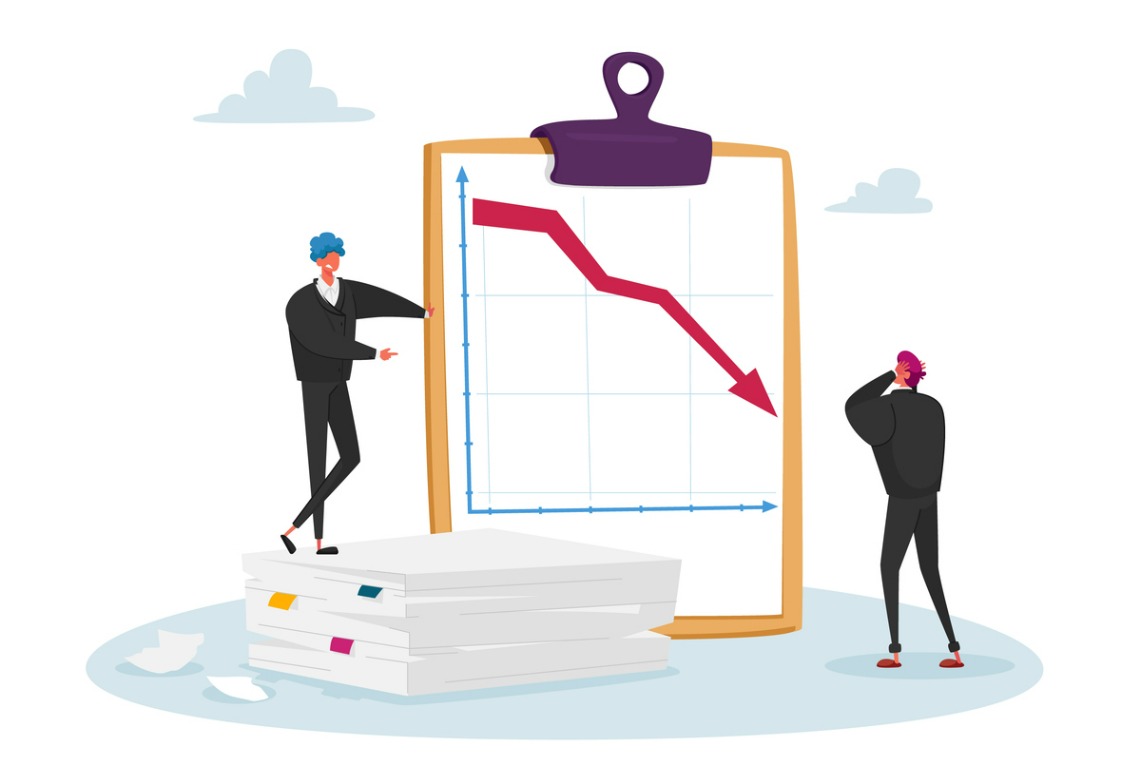Pressure continues to build amidst wavering factors—trade wars and flip-flopping tariffs, inflation and a lack of change in interest rates—pushing economic data to significantly lower levels, according to recent reports.
The latest Leading Economic Index (LEI) from nonprofit The Conference Board slipped 1% to 99.4, falling below the index’s median 100 level, which indicates the stronger economic data seen in 2016.
This is the largest monthly decline seen since March 2023, as noted by Justyna Zabinska-La Monica, the senior manager of Business Cycle Indicators at The Conference Board.
Zabinska-La Monica also stated that “most components of the index deteriorated,” especially consumers’ expectations, which “have become continuously more pessimistic each month since January 2025.”
“The contribution of building permits and average working hours in manufacturing turned negative in April,” she continued. “Widespread weaknesses were also present when looking at six-month trends among the LEI’s components, resulting in a warning signal for growth.”
The news comes despite a stock market that has mostly rebounded from recent lows, and some other positive data—although some economists saw worrying signs even there.
This month’s LEI reading also follows a 0.8% fall in March, and continues a long trend of decline in several past months. As of April, the LEI has fallen by 2% over the past six months, the same rate of decline as over the previous six months (April – October 2024).
“However, while the six-month growth rate of the LEI went deeper into negative territory, it did not fall enough to trigger the recession signal,” Zabinska-La Monica stated.
The Coincident Economic Index® (CEI) rose slightly by 0.1% to 114.8 (2016 = 100), following a 0.3% increase in March. The CEI grew 1.1% over the past six months, slightly up from its 0.9% growth over the previous six months.
Out of the four components of the CEI—payroll employment, personal income less transfer payments, manufacturing and trade sales and industrial production—industrial production was the “weakest contributor” to the April index data, despite little month-over-month change.
The Lagging Economic Index® (LAG) also rose slightly by 0.3% to 119.3 (2016 = 100), which follows a 0.1% decrease in March. Over the past six months, the LAG grew 0.8%, which reverses the 0.8% decline seen over the previous six months.

